ACC506 Chalkboard Analysis: Financial Performance and Strategy Report
VerifiedAdded on 2022/11/15
|9
|1227
|343
Report
AI Summary
This report provides a comprehensive financial analysis of Chalkboard, examining its financial statements, including the income statement and balance sheet. It delves into the company's financial performance, highlighting areas of concern such as the net loss incurred due to expenses exceeding revenue. The report discusses key aspects like depreciation methods, inventory valuation techniques (FIFO, LIFO, weighted average), and internal control mechanisms (auditing, access control, data backup). Furthermore, it offers strategic recommendations for improving future profitability, such as expense reduction and sales expansion. The report concludes with a discussion of the company's financial position and potential policy adjustments to enhance financial outcomes.
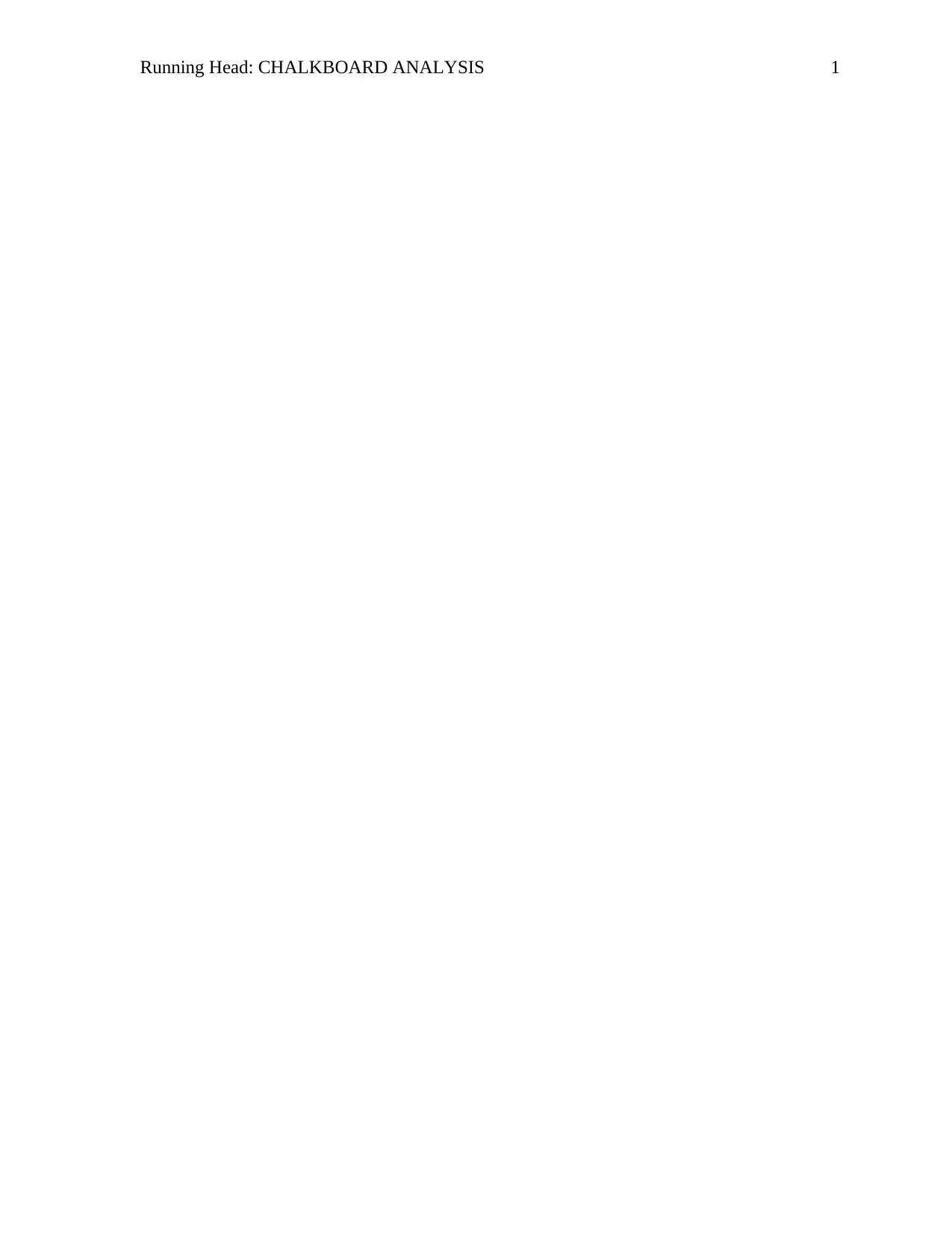
Running Head: CHALKBOARD ANALYSIS 1
Paraphrase This Document
Need a fresh take? Get an instant paraphrase of this document with our AI Paraphraser
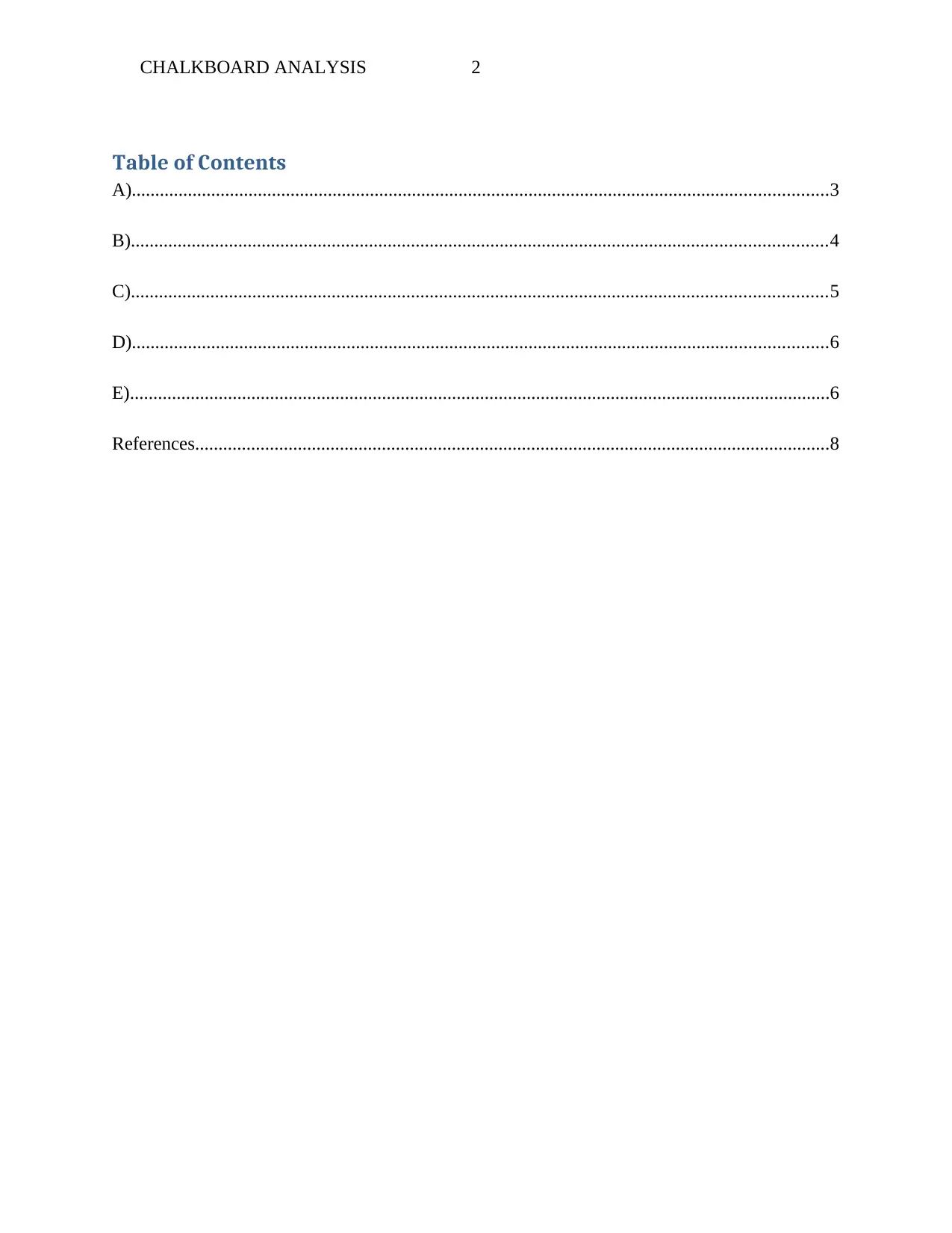
CHALKBOARD ANALYSIS 2
Table of Contents
A).....................................................................................................................................................3
B).....................................................................................................................................................4
C).....................................................................................................................................................5
D).....................................................................................................................................................6
E)......................................................................................................................................................6
References........................................................................................................................................8
Table of Contents
A).....................................................................................................................................................3
B).....................................................................................................................................................4
C).....................................................................................................................................................5
D).....................................................................................................................................................6
E)......................................................................................................................................................6
References........................................................................................................................................8
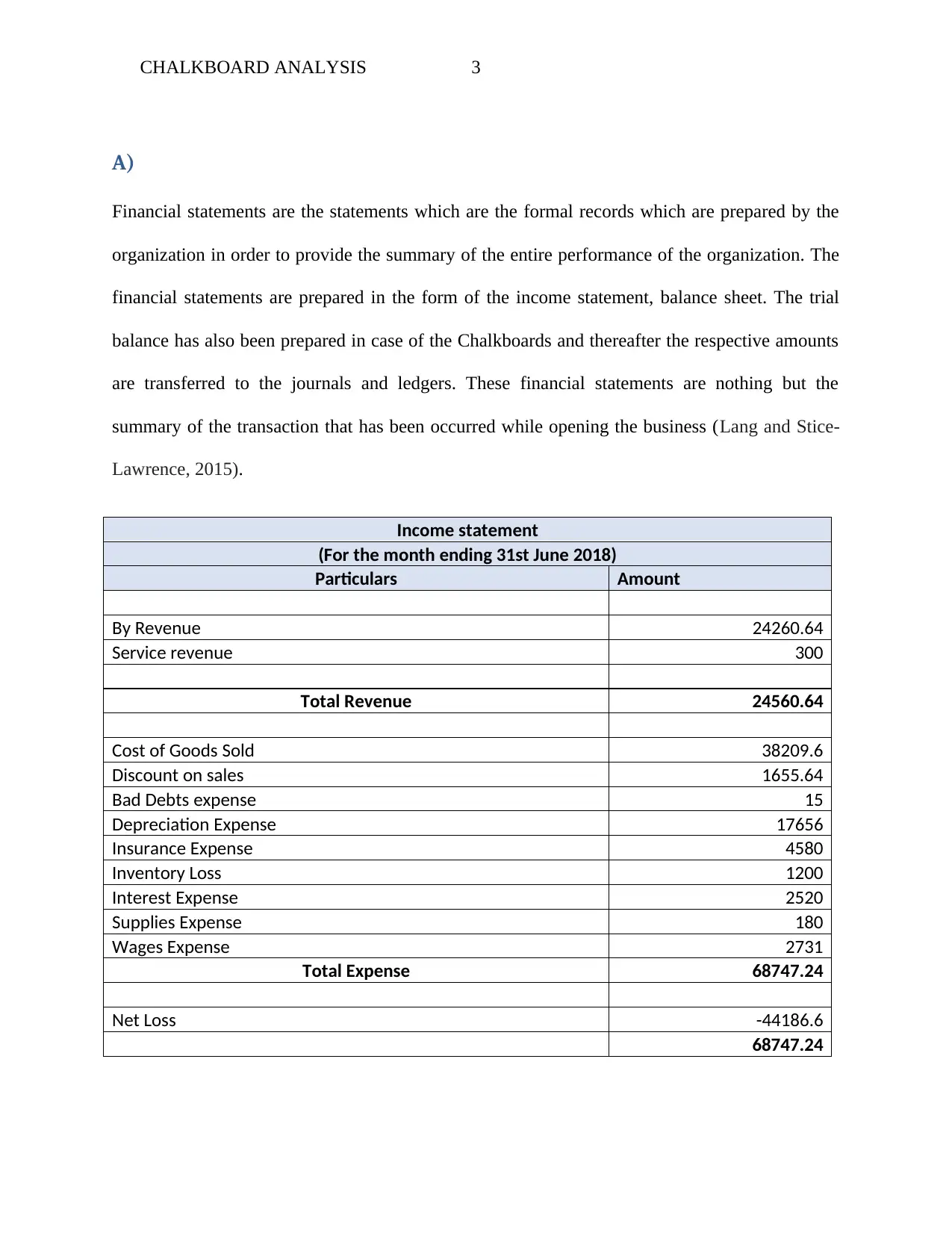
CHALKBOARD ANALYSIS 3
A)
Financial statements are the statements which are the formal records which are prepared by the
organization in order to provide the summary of the entire performance of the organization. The
financial statements are prepared in the form of the income statement, balance sheet. The trial
balance has also been prepared in case of the Chalkboards and thereafter the respective amounts
are transferred to the journals and ledgers. These financial statements are nothing but the
summary of the transaction that has been occurred while opening the business (Lang and Stice-
Lawrence, 2015).
Income statement
(For the month ending 31st June 2018)
Particulars Amount
By Revenue 24260.64
Service revenue 300
Total Revenue 24560.64
Cost of Goods Sold 38209.6
Discount on sales 1655.64
Bad Debts expense 15
Depreciation Expense 17656
Insurance Expense 4580
Inventory Loss 1200
Interest Expense 2520
Supplies Expense 180
Wages Expense 2731
Total Expense 68747.24
Net Loss -44186.6
68747.24
A)
Financial statements are the statements which are the formal records which are prepared by the
organization in order to provide the summary of the entire performance of the organization. The
financial statements are prepared in the form of the income statement, balance sheet. The trial
balance has also been prepared in case of the Chalkboards and thereafter the respective amounts
are transferred to the journals and ledgers. These financial statements are nothing but the
summary of the transaction that has been occurred while opening the business (Lang and Stice-
Lawrence, 2015).
Income statement
(For the month ending 31st June 2018)
Particulars Amount
By Revenue 24260.64
Service revenue 300
Total Revenue 24560.64
Cost of Goods Sold 38209.6
Discount on sales 1655.64
Bad Debts expense 15
Depreciation Expense 17656
Insurance Expense 4580
Inventory Loss 1200
Interest Expense 2520
Supplies Expense 180
Wages Expense 2731
Total Expense 68747.24
Net Loss -44186.6
68747.24
⊘ This is a preview!⊘
Do you want full access?
Subscribe today to unlock all pages.

Trusted by 1+ million students worldwide
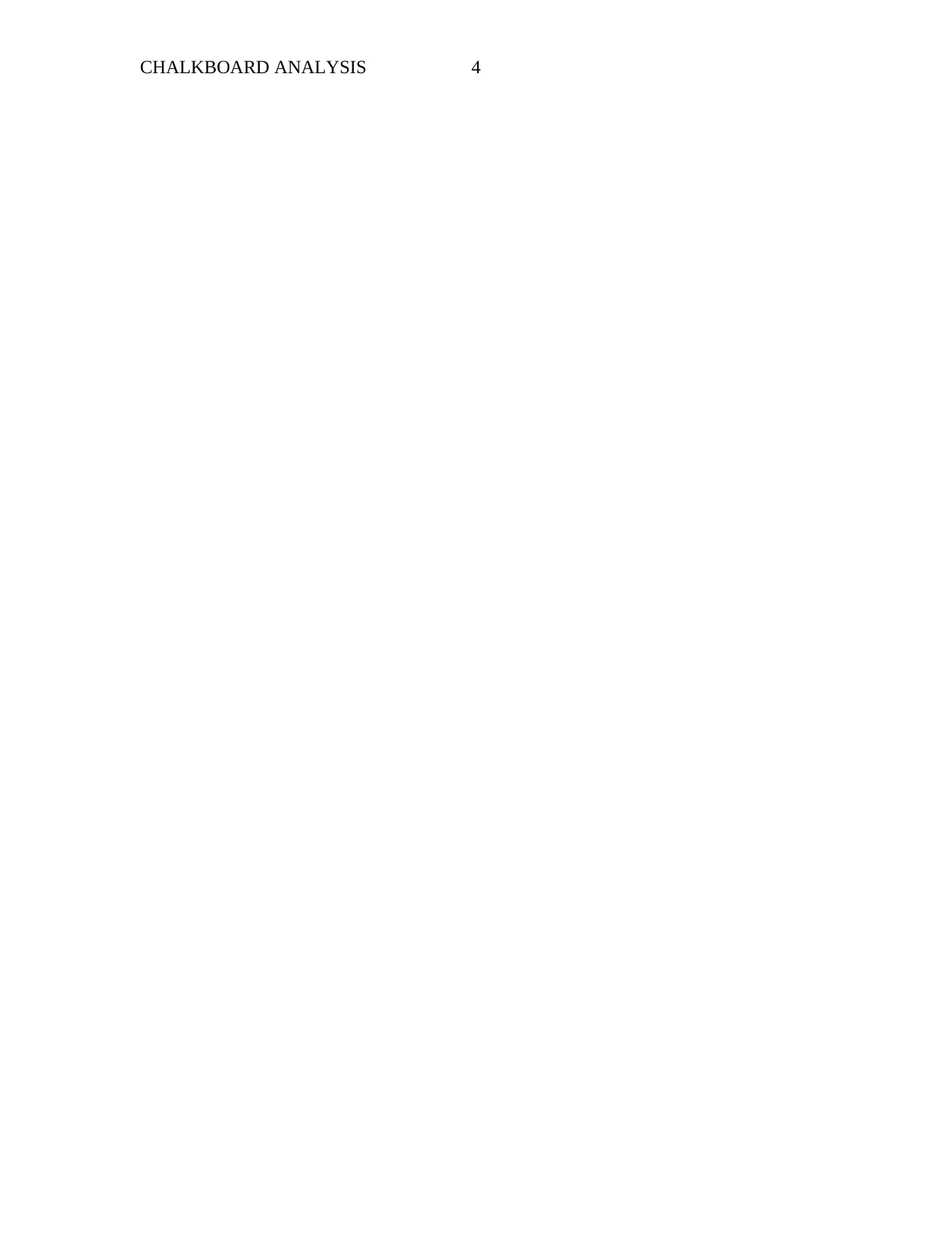
CHALKBOARD ANALYSIS 4
Paraphrase This Document
Need a fresh take? Get an instant paraphrase of this document with our AI Paraphraser
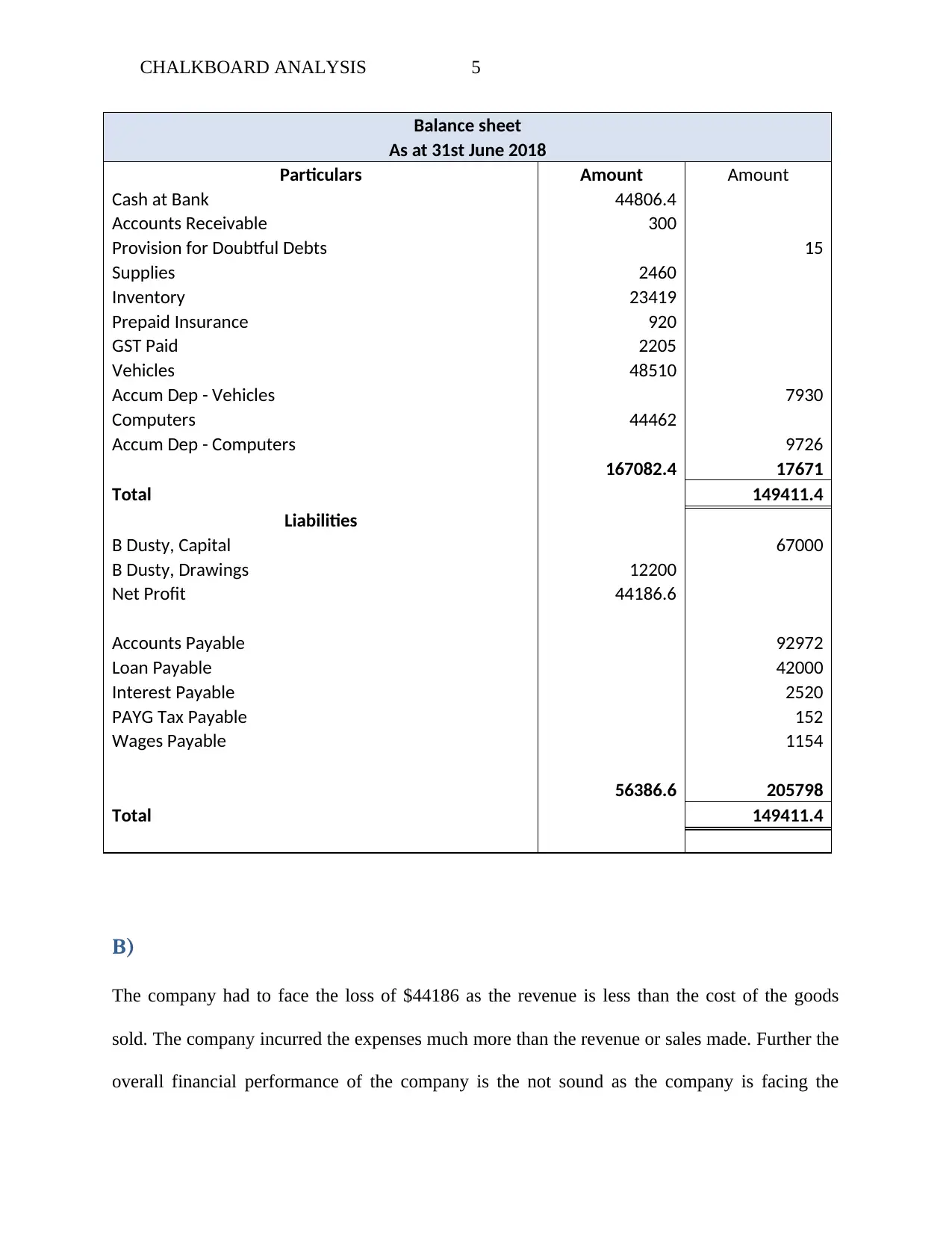
CHALKBOARD ANALYSIS 5
Balance sheet
As at 31st June 2018
Particulars Amount Amount
Cash at Bank 44806.4
Accounts Receivable 300
Provision for Doubtful Debts 15
Supplies 2460
Inventory 23419
Prepaid Insurance 920
GST Paid 2205
Vehicles 48510
Accum Dep - Vehicles 7930
Computers 44462
Accum Dep - Computers 9726
167082.4 17671
Total 149411.4
Liabilities
B Dusty, Capital 67000
B Dusty, Drawings 12200
Net Profit 44186.6
Accounts Payable 92972
Loan Payable 42000
Interest Payable 2520
PAYG Tax Payable 152
Wages Payable 1154
56386.6 205798
Total 149411.4
B)
The company had to face the loss of $44186 as the revenue is less than the cost of the goods
sold. The company incurred the expenses much more than the revenue or sales made. Further the
overall financial performance of the company is the not sound as the company is facing the
Balance sheet
As at 31st June 2018
Particulars Amount Amount
Cash at Bank 44806.4
Accounts Receivable 300
Provision for Doubtful Debts 15
Supplies 2460
Inventory 23419
Prepaid Insurance 920
GST Paid 2205
Vehicles 48510
Accum Dep - Vehicles 7930
Computers 44462
Accum Dep - Computers 9726
167082.4 17671
Total 149411.4
Liabilities
B Dusty, Capital 67000
B Dusty, Drawings 12200
Net Profit 44186.6
Accounts Payable 92972
Loan Payable 42000
Interest Payable 2520
PAYG Tax Payable 152
Wages Payable 1154
56386.6 205798
Total 149411.4
B)
The company had to face the loss of $44186 as the revenue is less than the cost of the goods
sold. The company incurred the expenses much more than the revenue or sales made. Further the
overall financial performance of the company is the not sound as the company is facing the

CHALKBOARD ANALYSIS 6
losses however there are certain strategies that can be implemented in order to have the
upgrading in the performance. In order to overcome the losses the company must reduce the
expense and the monthly budget must be prepared in order to have the in-depth analysis of each
transaction. Further the sales must be expanded to balance the cost or the services must be
enhanced to help the organization deal with the expenses (McDonald and Wilson, 2016).
C)
Some important types of depreciation methods viable are straight-line method and written down
value method. It is recommended that using straight-line method will be more appropriate as it
will result to fewer errors with well-prepared statements of the tax returns. Benefits of using
straight line are uncomplicated, easy to grab, suitability and consistently for the life of the item.
It is suitable for less expensive assets, which can be written off with the defined legal accounting
standards. On the other hand, this method does not account for the loss of efficiency and the
increase in the repair expenses and it is not suitable for the long-term assets such as plant and
equipment (Yee, Sujan, James, and Leung, 2017).
WDV method is suitable for assumptions such as asset will go on diminishing with the span of
time. Hence, it requires higher deprecation. This method is useful for the fixed assets that require
repairs and other maintenance expenses especially where the obsolescence rate is higher. A
disadvantage of using WDV is that it is very complicated to ascertain the rate of deprecation.
This deprecation method is calculated on the fixed percentage of WDV (amount) where the asset
value cannot be zero (Yee, Sujan, James, and Leung, 2017).
losses however there are certain strategies that can be implemented in order to have the
upgrading in the performance. In order to overcome the losses the company must reduce the
expense and the monthly budget must be prepared in order to have the in-depth analysis of each
transaction. Further the sales must be expanded to balance the cost or the services must be
enhanced to help the organization deal with the expenses (McDonald and Wilson, 2016).
C)
Some important types of depreciation methods viable are straight-line method and written down
value method. It is recommended that using straight-line method will be more appropriate as it
will result to fewer errors with well-prepared statements of the tax returns. Benefits of using
straight line are uncomplicated, easy to grab, suitability and consistently for the life of the item.
It is suitable for less expensive assets, which can be written off with the defined legal accounting
standards. On the other hand, this method does not account for the loss of efficiency and the
increase in the repair expenses and it is not suitable for the long-term assets such as plant and
equipment (Yee, Sujan, James, and Leung, 2017).
WDV method is suitable for assumptions such as asset will go on diminishing with the span of
time. Hence, it requires higher deprecation. This method is useful for the fixed assets that require
repairs and other maintenance expenses especially where the obsolescence rate is higher. A
disadvantage of using WDV is that it is very complicated to ascertain the rate of deprecation.
This deprecation method is calculated on the fixed percentage of WDV (amount) where the asset
value cannot be zero (Yee, Sujan, James, and Leung, 2017).
⊘ This is a preview!⊘
Do you want full access?
Subscribe today to unlock all pages.

Trusted by 1+ million students worldwide
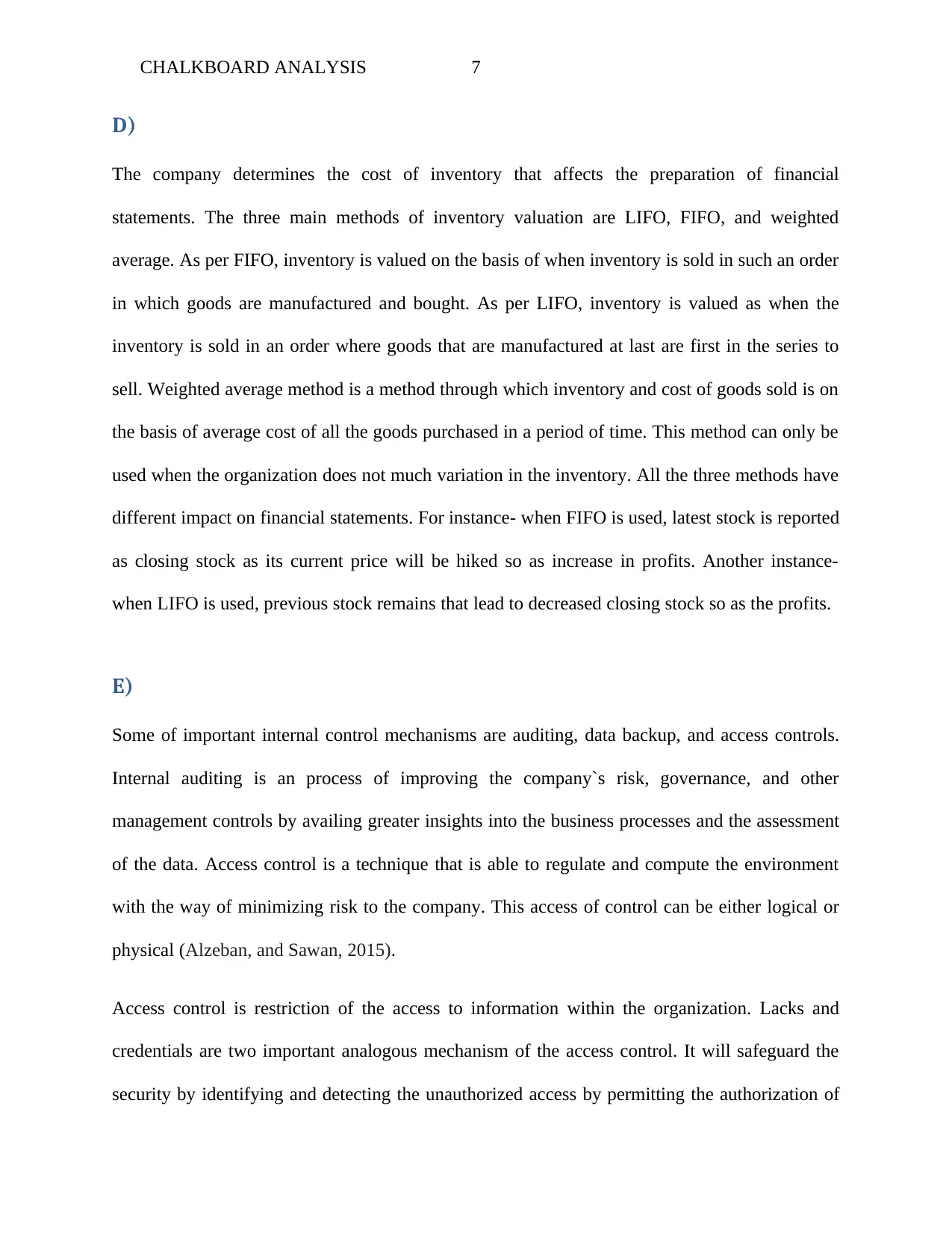
CHALKBOARD ANALYSIS 7
D)
The company determines the cost of inventory that affects the preparation of financial
statements. The three main methods of inventory valuation are LIFO, FIFO, and weighted
average. As per FIFO, inventory is valued on the basis of when inventory is sold in such an order
in which goods are manufactured and bought. As per LIFO, inventory is valued as when the
inventory is sold in an order where goods that are manufactured at last are first in the series to
sell. Weighted average method is a method through which inventory and cost of goods sold is on
the basis of average cost of all the goods purchased in a period of time. This method can only be
used when the organization does not much variation in the inventory. All the three methods have
different impact on financial statements. For instance- when FIFO is used, latest stock is reported
as closing stock as its current price will be hiked so as increase in profits. Another instance-
when LIFO is used, previous stock remains that lead to decreased closing stock so as the profits.
E)
Some of important internal control mechanisms are auditing, data backup, and access controls.
Internal auditing is an process of improving the company`s risk, governance, and other
management controls by availing greater insights into the business processes and the assessment
of the data. Access control is a technique that is able to regulate and compute the environment
with the way of minimizing risk to the company. This access of control can be either logical or
physical (Alzeban, and Sawan, 2015).
Access control is restriction of the access to information within the organization. Lacks and
credentials are two important analogous mechanism of the access control. It will safeguard the
security by identifying and detecting the unauthorized access by permitting the authorization of
D)
The company determines the cost of inventory that affects the preparation of financial
statements. The three main methods of inventory valuation are LIFO, FIFO, and weighted
average. As per FIFO, inventory is valued on the basis of when inventory is sold in such an order
in which goods are manufactured and bought. As per LIFO, inventory is valued as when the
inventory is sold in an order where goods that are manufactured at last are first in the series to
sell. Weighted average method is a method through which inventory and cost of goods sold is on
the basis of average cost of all the goods purchased in a period of time. This method can only be
used when the organization does not much variation in the inventory. All the three methods have
different impact on financial statements. For instance- when FIFO is used, latest stock is reported
as closing stock as its current price will be hiked so as increase in profits. Another instance-
when LIFO is used, previous stock remains that lead to decreased closing stock so as the profits.
E)
Some of important internal control mechanisms are auditing, data backup, and access controls.
Internal auditing is an process of improving the company`s risk, governance, and other
management controls by availing greater insights into the business processes and the assessment
of the data. Access control is a technique that is able to regulate and compute the environment
with the way of minimizing risk to the company. This access of control can be either logical or
physical (Alzeban, and Sawan, 2015).
Access control is restriction of the access to information within the organization. Lacks and
credentials are two important analogous mechanism of the access control. It will safeguard the
security by identifying and detecting the unauthorized access by permitting the authorization of
Paraphrase This Document
Need a fresh take? Get an instant paraphrase of this document with our AI Paraphraser
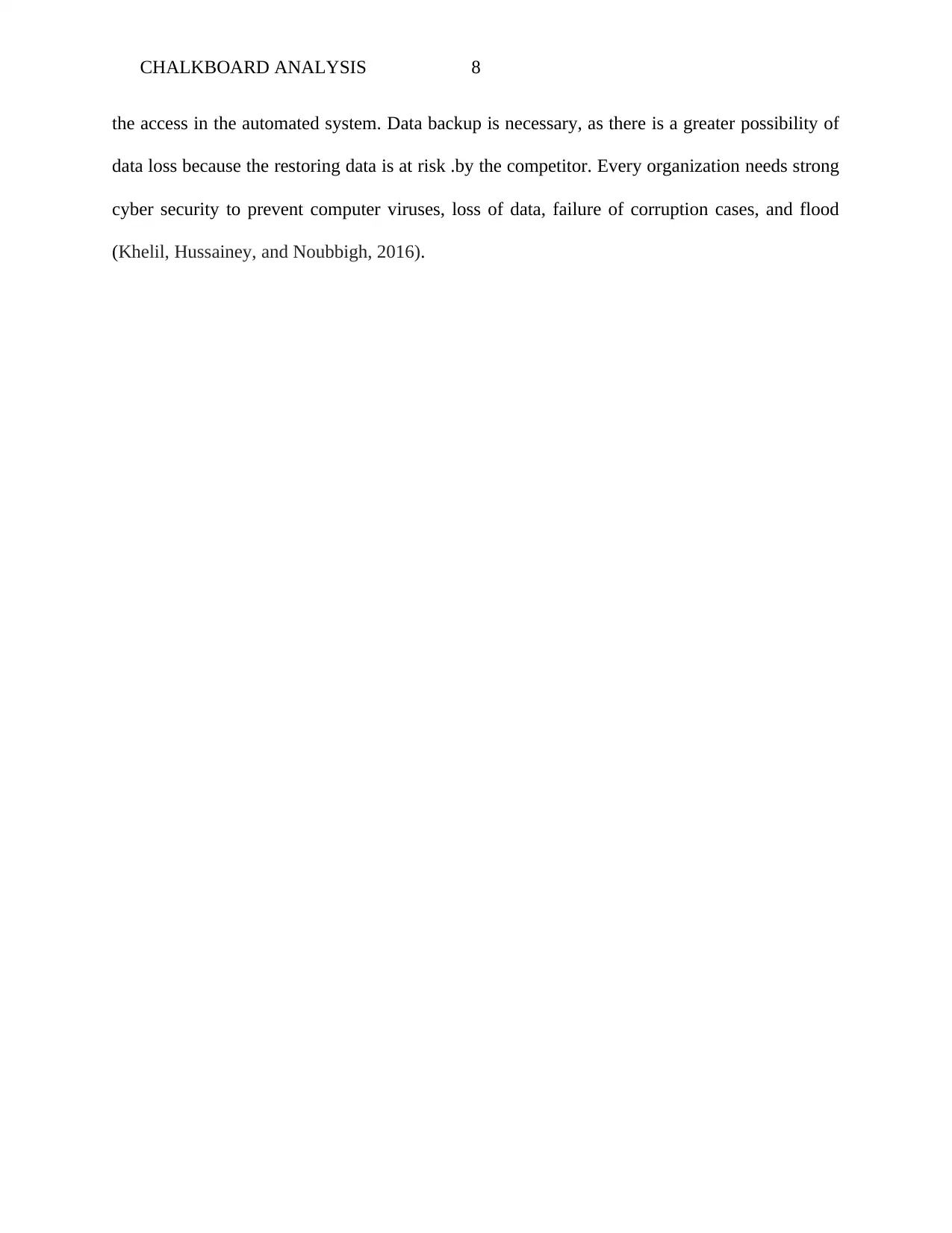
CHALKBOARD ANALYSIS 8
the access in the automated system. Data backup is necessary, as there is a greater possibility of
data loss because the restoring data is at risk .by the competitor. Every organization needs strong
cyber security to prevent computer viruses, loss of data, failure of corruption cases, and flood
(Khelil, Hussainey, and Noubbigh, 2016).
the access in the automated system. Data backup is necessary, as there is a greater possibility of
data loss because the restoring data is at risk .by the competitor. Every organization needs strong
cyber security to prevent computer viruses, loss of data, failure of corruption cases, and flood
(Khelil, Hussainey, and Noubbigh, 2016).

CHALKBOARD ANALYSIS 9
References
Alzeban, A. and Sawan, N., 2015. The impact of audit committee characteristics on the
implementation of internal audit recommendations. Journal of International Accounting,
Auditing and Taxation, 24, pp.61-71.
Khelil, I., Hussainey, K. and Noubbigh, H., 2016. Audit committee–internal audit interaction and
moral courage. Managerial Auditing Journal, 31(4/5), pp.403-433.
Lang, M. and Stice-Lawrence, L., 2015. Textual analysis and international financial reporting:
Large sample evidence. Journal of Accounting and Economics, 60(2-3), pp.110-135.
McDonald, M. and Wilson, H., 2016. Marketing Plans: How to prepare them, how to profit from
them. John Wiley & Sons.
Yee, C.S., Sujan, A., James, K. and Leung, J.K., 2017. Perceptions of Singaporean internal audit
customers regarding the role and effectiveness of internal audit. AJBA, 1(2), pp.147-174.
References
Alzeban, A. and Sawan, N., 2015. The impact of audit committee characteristics on the
implementation of internal audit recommendations. Journal of International Accounting,
Auditing and Taxation, 24, pp.61-71.
Khelil, I., Hussainey, K. and Noubbigh, H., 2016. Audit committee–internal audit interaction and
moral courage. Managerial Auditing Journal, 31(4/5), pp.403-433.
Lang, M. and Stice-Lawrence, L., 2015. Textual analysis and international financial reporting:
Large sample evidence. Journal of Accounting and Economics, 60(2-3), pp.110-135.
McDonald, M. and Wilson, H., 2016. Marketing Plans: How to prepare them, how to profit from
them. John Wiley & Sons.
Yee, C.S., Sujan, A., James, K. and Leung, J.K., 2017. Perceptions of Singaporean internal audit
customers regarding the role and effectiveness of internal audit. AJBA, 1(2), pp.147-174.
⊘ This is a preview!⊘
Do you want full access?
Subscribe today to unlock all pages.

Trusted by 1+ million students worldwide
1 out of 9
Related Documents
Your All-in-One AI-Powered Toolkit for Academic Success.
+13062052269
info@desklib.com
Available 24*7 on WhatsApp / Email
![[object Object]](/_next/static/media/star-bottom.7253800d.svg)
Unlock your academic potential
Copyright © 2020–2025 A2Z Services. All Rights Reserved. Developed and managed by ZUCOL.




